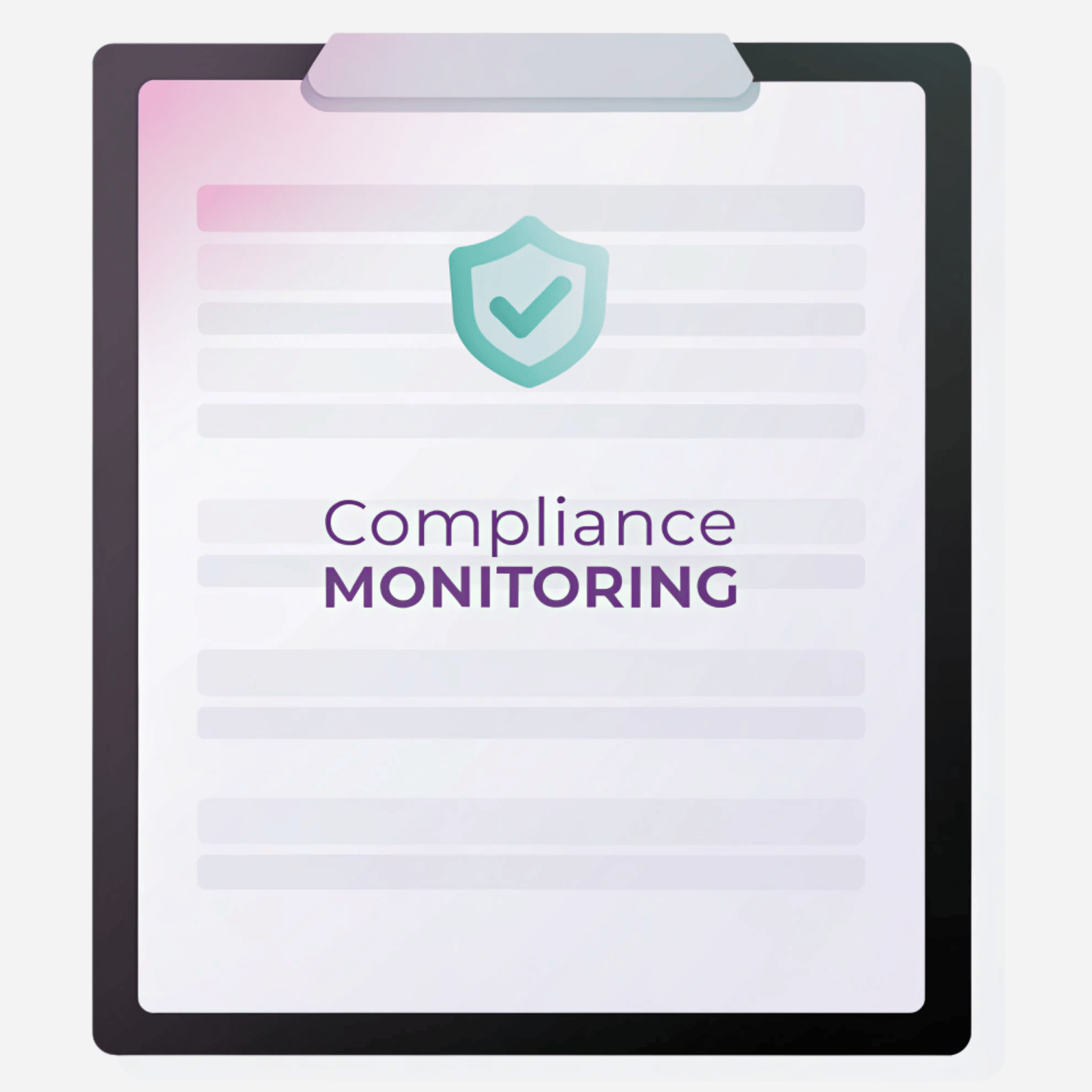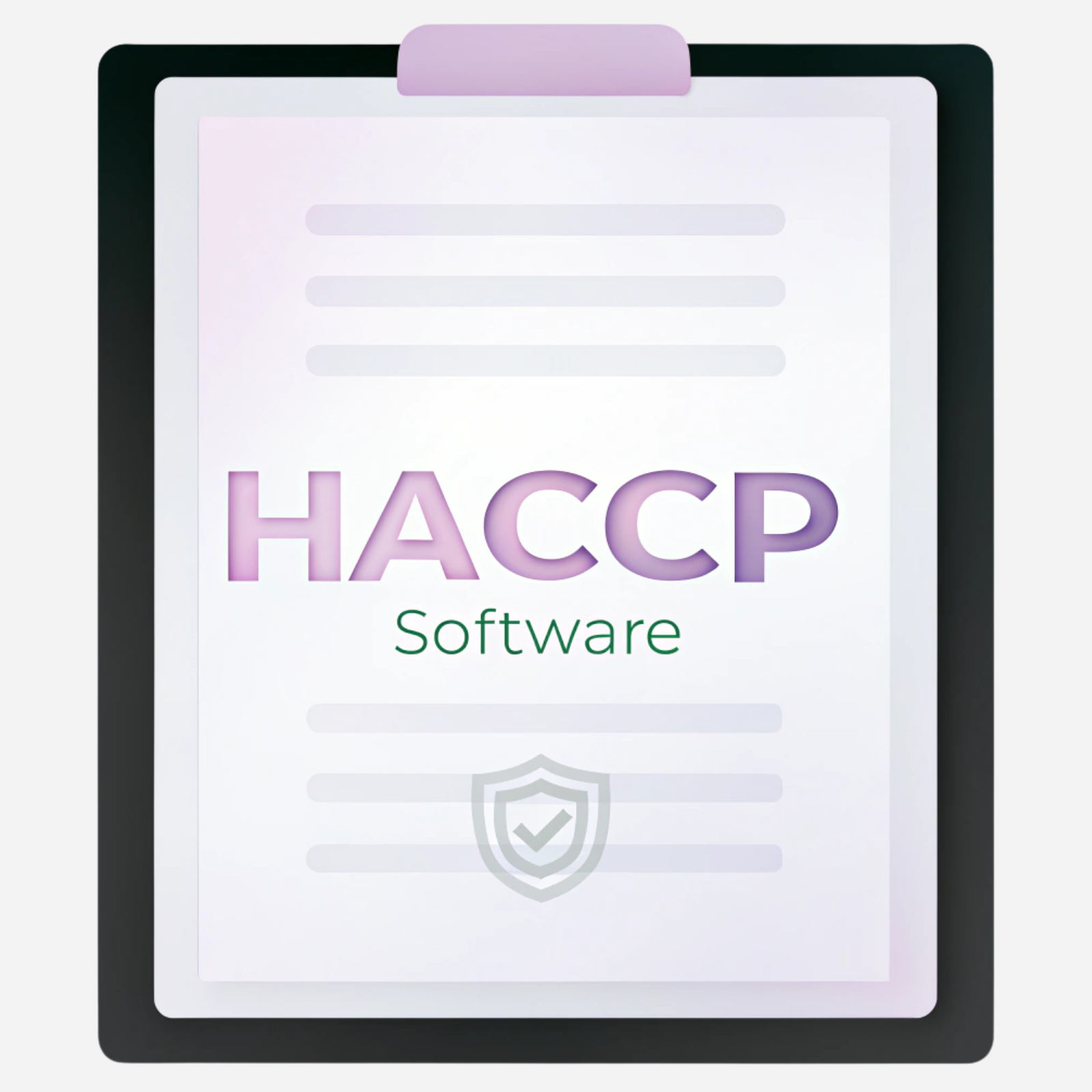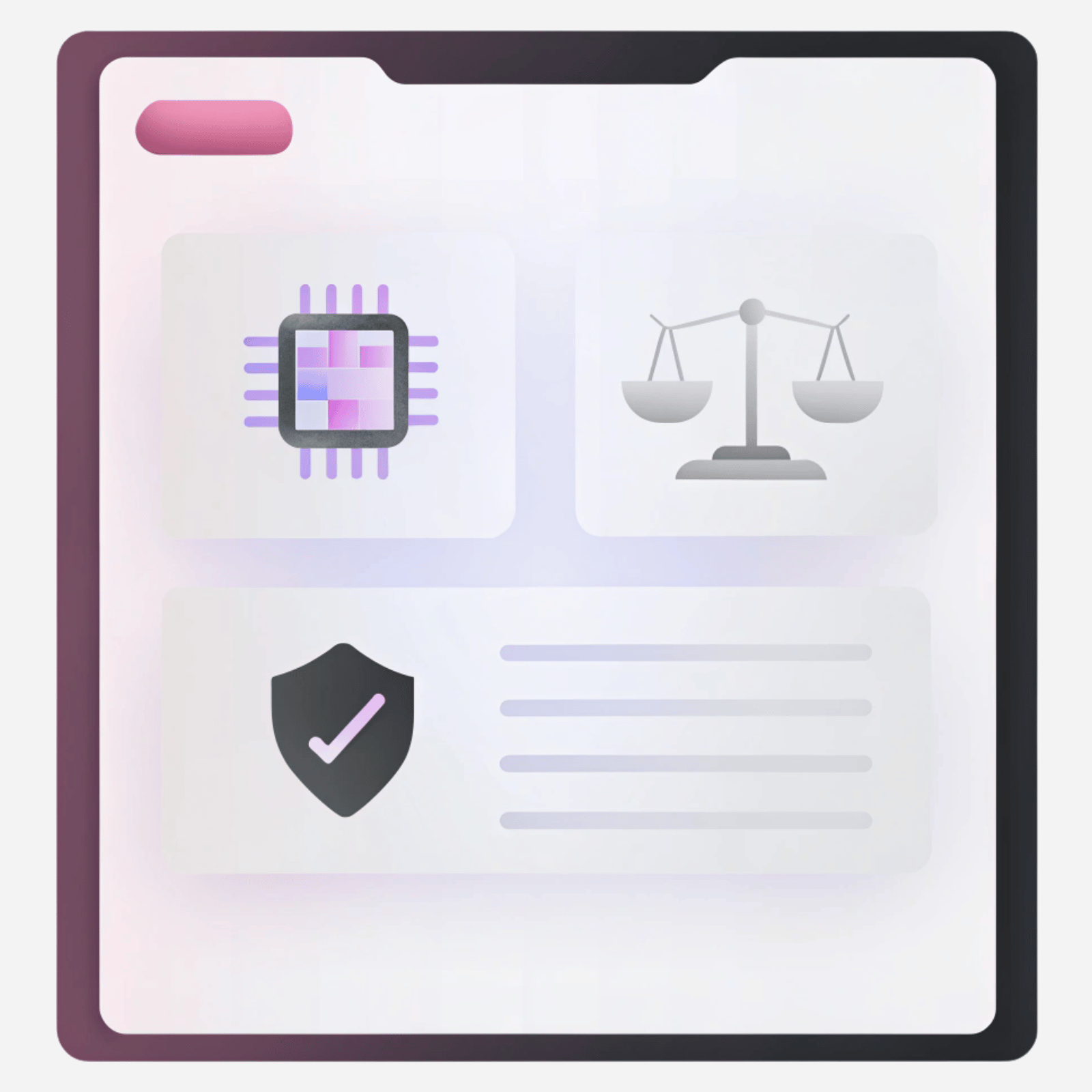
Intro
Let’s start with the important question: “How does your company currently handle compliance?”
- Rely mostly on manual processes
- Use some automation for compliance
- Have fully automated compliance management
Where does your company stand? If you're looking for ways to enhance compliance workflow automation and improve accuracy, AI-powered regulatory compliance automation could be the solution.
In today's fast-changing regulatory environment, businesses face growing pressure to ensure compliance while minimizing costs and inefficiencies. Many companies still rely on manual processes, which are time-consuming, error-prone, and expensive. Others have started integrating automation for compliance but struggle with fragmented systems. Forward-thinking businesses and startups, however, are using automated compliance management to streamline operations, reduce risks, and improve accuracy.
With advancements in AI-powered compliance automation, businesses can now automate regulatory workflows, security controls, and reporting tasks with greater precision. IT compliance automation ensures policies are enforced consistently, while automated security compliance helps protect sensitive data from regulatory breaches. Compliance workflow automation reduces administrative burdens, allowing teams to focus on strategic initiatives instead of tedious documentation.
This article explores how automating regulatory compliance with AI can help your company reduce costs, increase efficiency, and stay ahead of evolving regulations. Whether you're just beginning your automation and compliance journey or looking to refine your regulatory compliance automation strategy, this guide will provide key insights into the benefits, challenges, and best practices for achieving seamless compliance.
What is Regulatory Compliance Automation?
Let’s go back for a while and understand what Regulatory Compliance Automation is.
Regulatory compliance refers to a company's ability to adhere to industry laws, standards, and regulations. Traditionally, compliance processes involved manual monitoring, reporting, and auditing, which were not only time-consuming but also prone to human error. Regulatory compliance automation leverages AI, machine learning, and advanced software tools to streamline and optimize these processes, reducing risks and operational costs.
At its core, automated regulatory compliance ensures that businesses consistently meet legal and industry-specific requirements without excessive manual effort. By implementing automated compliance management, companies can automatically track regulatory changes, generate reports, and enforce security policies. IT compliance automation further strengthens internal governance by ensuring that systems and data align with compliance standards.
Key components of automation in regulatory compliance include:
- Compliance workflow automation - automating tasks like policy enforcement, audit trails, and approval processes.
- Automated security compliance - enhancing data protection and regulatory adherence through AI-driven security protocols.
- Compliance reporting automation - generating accurate compliance reports with minimal human intervention.
- Automated compliance testing - running continuous assessments to detect compliance gaps and vulnerabilities.
What are the Benefits of Automating Regulatory Compliance with AI?
Navigating the labyrinth of regulations can be a daunting and error-prone task, especially when done manually. Compliance teams often find themselves bogged down by repetitive paperwork, constantly changing rules, and the ever-present risk of missing key updates. But what if you could eliminate these headaches?
Enter AI-powered automated compliance management, which offers a transformative solution that saves time and ensures accuracy and consistency. One solution leading the charge in this transformation is IONI, an AI-powered platform that automates regulatory compliance management.
Explore more about how IONI can transform your compliance management by scheduling a demo today!
The table below highlights the key benefits of automated regulatory compliance compared to manual methods:

As we've explored, automating regulatory compliance with AI brings key advantages like improved accuracy, efficiency, and security, all while reducing costs and manual efforts. But how does AI make this happen? In the next section, we’ll dive into how regulatory compliance automation works and the technology behind it that makes these benefits possible.
Compliance Automation with AI: How It Works?
Automating regulatory compliance with AI is powered by a modern technology stack that streamlines processes, improves accuracy, and ensures compliance with ease. The integration of various technologies allows for fast, efficient, and scalable solutions for handling complex legal and regulatory requirements.
Let’s take a look under the hood.
Technology Stack
- ChromaDB
ChromaDB is a high-performance vector database used to store high-dimensional embeddings of legal documents. It plays a key role in automated regulatory compliance by enabling efficient semantic search across vast collections of legal texts.
- Langchain
Langchain is an advanced framework that integrates various AI models and tools for a smooth compliance workflow. It handles document parsing, embedding generation, and retrieval-augmented generation (RAG).
- Langgraph
Langgraph orchestrates multi-step AI reasoning and retrieval processes, making it essential for structured legal research workflows. It helps automate the compliance workflow automation by ensuring that every step in the process - from document retrieval to analysis - is handled seamlessly.
- Embeddings Models
Embedding models like OpenAI’s text-embedding-ada-002 or sentence-transformer’s all-MiniLM-L12-v2 are used to convert legal text into vector representations. These models are essential in creating automated compliance testing by enabling AI to understand the nuances of legal documents and to find patterns and correlations across complex regulatory content.
- Document Parsing & Preprocessing
Legal documents come in various formats, such as PDFs, Word documents, or HTML. Preprocessing and parsing these formats are crucial steps in automating compliance. Tools like pymupdf and python-docx are used to extract and structure legal text for embedding, making it ready for further analysis.
Now, let’s pay attention to a global export company that needs to ensure its shipments comply with international trade regulations, export control laws, and specific country requirements. This company must track compliance across various markets, ensuring that its products meet local regulatory standards to avoid fines or shipment delays. Here’s how each technology in the stack works together to automate this regulatory compliance automation process.
Step 1: Document Ingestion and Preprocessing
The first challenge is the variety of legal documents involved in export compliance, including shipping contracts, customs declarations, and country-specific export regulations. These documents come in different formats like PDFs, Word documents, and HTML files.
- Document Parsing & Preprocessing tools such as pymupdf and python-docx are used to extract text from these formats. This ensures that all the necessary content is structured and ready for analysis, no matter the file format.
Step 2: Text Conversion into Embeddings
Once the legal and regulatory content is parsed, AI needs to comprehend it.
- Embeddings Models like OpenAI’s text-embedding-ada-002 or sentence-transformer’s all-MiniLM-L12-v2 convert the raw legal text into vector embeddings, which are mathematical representations of the document’s meaning. These embeddings allow the system to quickly identify key clauses and understand complex legal language. For instance, an export regulation concerning restricted products in certain countries would be converted into a vector representation, enabling efficient searches for matching criteria.
Step 3: Searching and Retrieving Relevant Information
With the legal content transformed into embeddings, AI now needs to retrieve specific regulatory requirements relevant to the shipment.
- ChromaDB acts as the storage for these embeddings and facilitates semantic search. When the company needs to ensure its shipments comply with export control laws in a particular country, ChromaDB quickly retrieves the most relevant sections from a large collection of trade regulations.
Step 4: Multi-Step Reasoning and Legal Research
Export regulations are often intricate, requiring multi-step analysis to ensure that each aspect of the shipment complies with various laws—such as the destination country’s import restrictions, environmental standards, and export bans on certain goods.
- Langgraph orchestrates this multi-step AI reasoning. It ensures that the AI model doesn’t just find relevant clauses, but also cross-references multiple regulations (e.g., IT compliance automation, automated security compliance) to ensure full compliance across different jurisdictions. This structured workflow ensures that the company’s shipments meet all regulatory requirements.
Step 5: Gap Analysis Using IONI
Once the relevant documents and regulations are retrieved, IONI, an AI-powered compliance management platform, plays a key role in gap analysis.
- IONI analyzes the embeddings of the company’s export documents and compares them to the retrieved regulatory requirements, highlighting any gaps in compliance. For example, IONI might flag that a shipment’s export declaration lacks the required certifications for a specific country or that certain products are restricted in certain jurisdictions.
- By performing automated compliance testing, IONI can pinpoint the specific clauses in the shipment’s documents that don’t align with international export regulations and suggest corrective actions.
Step 6: Generating Compliance Insights and Reporting
Once the gap analysis is done, the next step is generating actionable insights and compliance reports for the compliance officers and export managers.
- Langchain, integrated into the system, generates detailed reports outlining areas of non-compliance, providing recommendations for corrective measures. For instance, if the company’s export document fails to mention an important certificate required by a specific country, Langchain will flag this issue and suggest how to remedy it before shipment.
Step 7: Continuous Monitoring and Updates
Export regulations constantly evolve. Countries may impose new restrictions on certain goods, update tariffs, or change import/export certification requirements.
- The system continuously monitors these changes and automatically re-runs compliance checks. For instance, if a country updates its environmental import standards, the system will analyze whether existing shipments meet the new regulations. This ensures that the company’s shipments are always compliant, minimizing the risk of delays or fines.
By integrating these technologies, the company is able to automate the entire process of ensuring compliance with export regulations - from document parsing to gap analysis and continuous monitoring. IONI, along with technologies like ChromaDB, Langchain, and Langgraph, helps the company seamlessly ensure that every shipment complies with the regulatory standards of each country, reducing risk, improving efficiency, and ensuring automated compliance management across all stages of the export process.
How AI Reduces Compliance Costs and Increases Efficiency
Now that we’ve explored how AI technologies work together to automate compliance processes, it’s important to understand the tangible benefits these advancements bring to businesses.
Compliance is a necessity, but it often comes with a hefty price tag. Whether it's the resources spent on manual labor, the risk of costly mistakes, or the time-consuming processes involved in staying up to date with changing regulations, managing compliance can drain your business. But what if AI could transform the way you approach compliance?
Let’s dive into how these AI-driven systems can optimize compliance workflows, lower expenses, and drive greater productivity.
1. Problem: High Costs of Manual Compliance Management
Manual compliance processes are time-consuming, prone to human error, and require a significant amount of labor. This leads to high costs, both in terms of time spent by compliance teams and the potential penalties from overlooked details.
How AI Helps: Automated Compliance Management
- Automated regulatory compliance significantly reduces manual work by automating routine tasks such as document reviews, data extraction, and regulatory updates.
- AI can process thousands of documents at high speed, cross-checking them against the latest regulations and ensuring compliance with minimal human intervention.
Benefit: Saves time, reduces human errors, and cuts down on labor costs.
2. Problem: Inconsistent Compliance Practices Across Teams
Different departments might use separate systems for tracking compliance, leading to gaps, errors, or missed updates. This increases the risk of compliance breaches.
How AI Helps: Compliance Workflow Automation
- Compliance workflow automation integrates all compliance processes into one unified system, ensuring consistency across departments.
- Automated systems apply the same regulatory checks across all areas of the business, ensuring no department falls behind.
Benefit: Reduces risk of non-compliance due to inconsistent practices and keeps everyone on the same page.
3. Problem: Time-Consuming Compliance Reporting
Manual reporting is often slow and cumbersome, taking weeks to complete, especially with large volumes of legal documents. Errors in reports can lead to compliance gaps and delayed decisions.
How AI Helps: Compliance Reporting Automation
- AI automates the compliance reporting process, generating comprehensive reports based on real-time analysis of documents and regulations.
- With automated compliance testing, reports are always accurate, up-to-date, and delivered faster than ever.
Benefit: Dramatically reduces the time to generate reports and ensures they are always compliant.
4. Problem: Difficulty Keeping Up with Regulatory Changes
Keeping track of constantly evolving regulations manually is overwhelming, and missing an important update can lead to costly penalties.
How AI Helps: Automation in Regulatory Compliance
- AI continuously monitors regulatory environments, alerting teams to updates and automatically adjusting compliance practices.
- Automation for compliance allows your systems to adapt in real-time to changes in regulations without manual input.
Benefit: Ensures proactive compliance, preventing costly mistakes from missing updates or changes.
5. Problem: Security Risks and Compliance Gaps
With the increasing focus on data protection, maintaining security compliance is more complex than ever. Manual security checks can lead to gaps in compliance, leaving businesses vulnerable to fines and breaches.
How AI Helps: Automated Security Compliance
- AI-powered automated security compliance scans for vulnerabilities, ensuring all systems meet the latest security standards.
- By automating checks and compliance testing, AI can quickly identify and address potential security risks.
Benefit: Minimizes the risk of security breaches and ensures your company stays compliant with industry regulations such as GDPR and HIPAA.
Now that we’ve seen how AI can drastically reduce compliance costs and enhance operational efficiency, it's clear that the future of compliance management lies in automation. By embracing these advanced technologies, businesses can streamline their compliance processes and ensure they stay ahead of regulatory challenges. Let's wrap up by reflecting on the key takeaways and the value that AI-powered compliance automation brings to your organization.
Conclusion
The world of regulatory compliance is evolving faster than ever, and staying ahead of the curve is no longer optional. As companies grapple with an increasingly complex web of regulations, the traditional methods of managing compliance - manual processes, fragmented systems, and reactive measures - simply aren't cutting it anymore.
The solution? AI-powered automated compliance management that doesn’t just react to regulations, but anticipates and adapts to them with remarkable precision.
Imagine a world where automated regulatory compliance handles tedious compliance tasks with ease, ensuring your business is always in lockstep with the latest rules. Where compliance workflow automation eliminates bottlenecks, and automated compliance testing guarantees that every process is in line with regulatory expectations - faster, more accurately, and at a fraction of the cost. In fact, studies show that automation for compliance can slash compliance costs by 30% and reduce time spent on regulatory tasks by up to 80%. That's not just efficiency - that’s a competitive advantage.
But the impact goes beyond just saving money and time. Automation and compliance through AI ensures your organization stays agile in the face of evolving regulatory landscapes. No longer are you reacting to audits or scrambling for paperwork at the last minute. With regulatory compliance automation, your business is always one step ahead - fully prepared for the next change, whether it's a shift in privacy laws, tax regulations, or security mandates.
The future of compliance is here, and it's powered by AI. It’s not just about keeping up with regulations - it’s about staying ahead of them. Automating regulatory compliance is no longer a trend; it’s a strategic necessity for businesses that want to thrive in an ever-evolving world. By embracing AI-powered automation you’re transforming how your business operates, unlocking new opportunities for efficiency, security, and growth.
So, what’s next for your company? The choice is clear: leverage the power of AI to automate compliance, reduce risk, and propel your business into a future of unmatched efficiency and compliance excellence.









